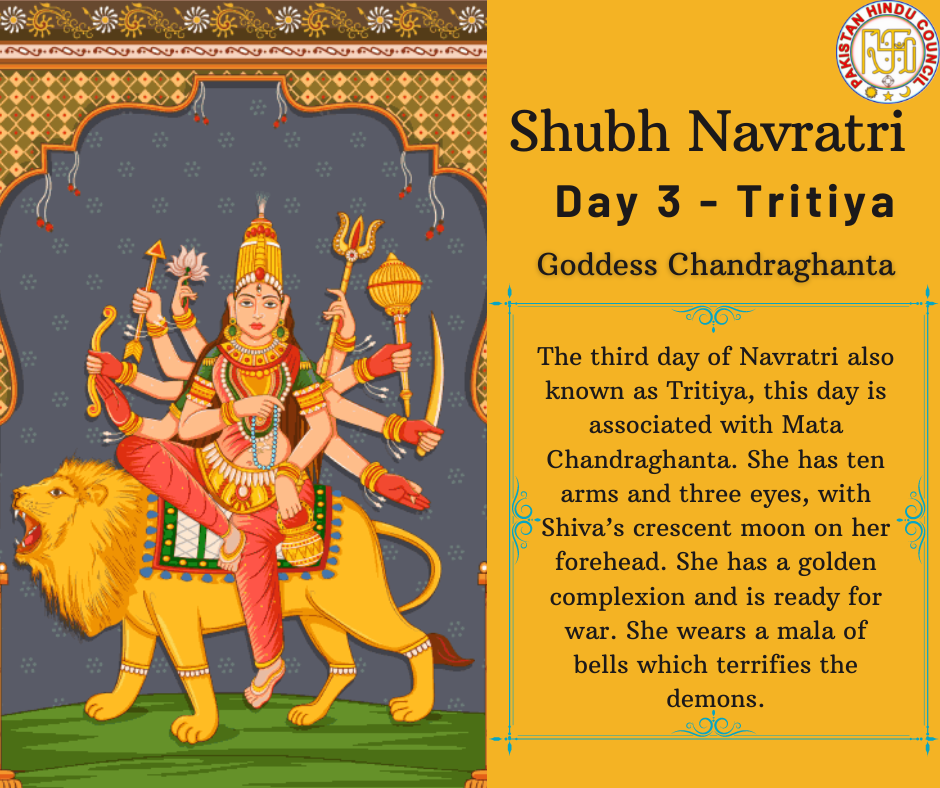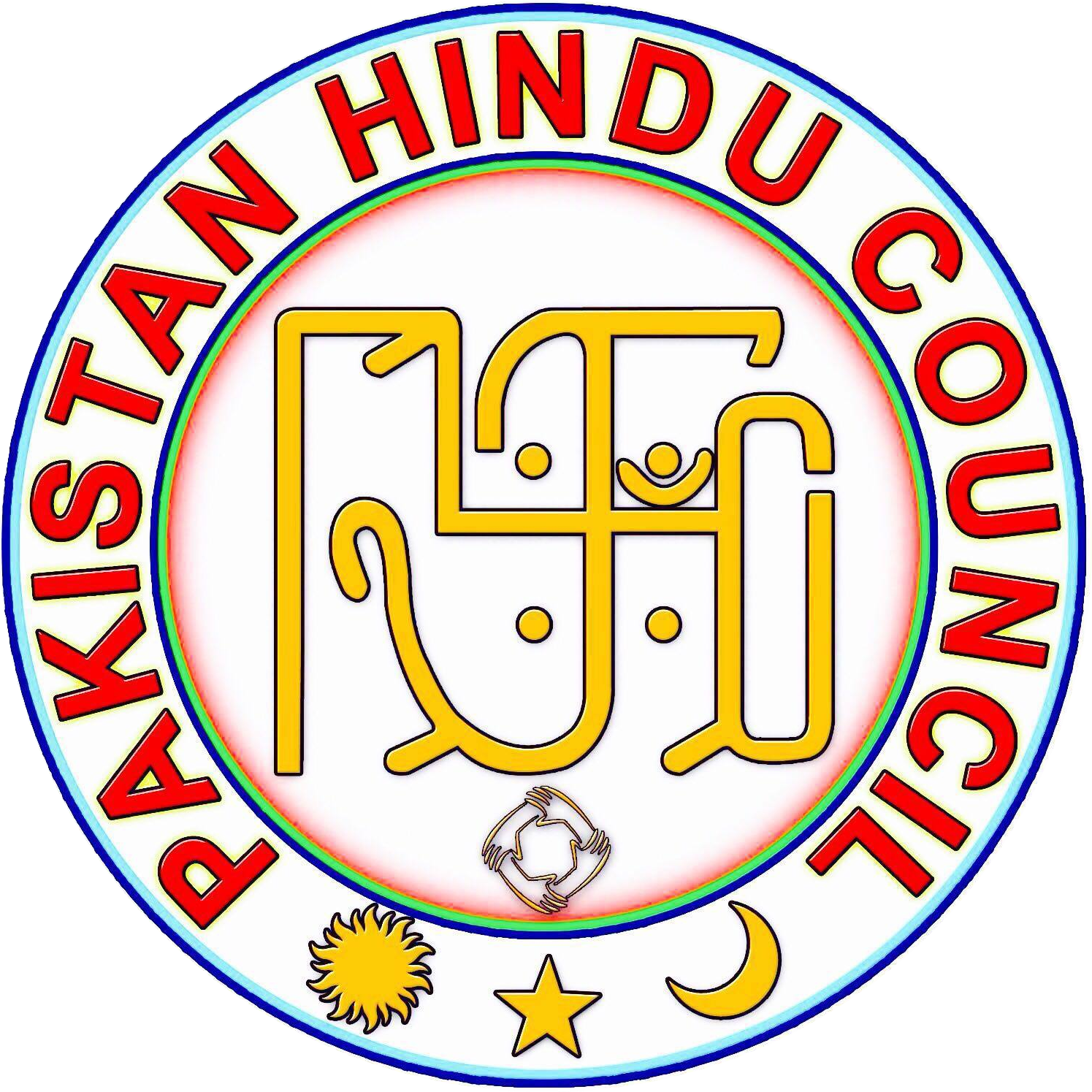NAVRATRI DAY 3
𝗡𝗔𝗩𝗥𝗔𝗧𝗥𝗜 𝗗𝗔𝗬 𝟯: 𝗖𝗛𝗔𝗡𝗗𝗥𝗔𝗚𝗛𝗔𝗡𝗧𝗔
The third day of 𝗡𝗮𝘃𝗿𝗮𝘁𝗿𝗶 also known as 𝗧𝗿𝗶𝘁𝗶𝘆𝗮, this day is associated with 𝗠𝗮𝘁𝗮 𝗖𝗵𝗮𝗻𝗱𝗿𝗮𝗴𝗵𝗮𝗻𝘁𝗮. The term Chandraghanta is derived from two words, 𝘾𝙝𝙖𝙣𝙙𝙧𝙖(𝙈𝙤𝙤𝙣) and 𝙂𝙝𝙖𝙣𝙩𝙖 (𝘽𝙚𝙡𝙡). After her marriage, Lord Shiva adorned the Goddess’s forehead with the Ardhachandra meaning half-lit moon. This is the reason why she is known as Chandraghanta.
She has ten arms and three eyes with Shiva’s crescent moon on her forehead. Having a golden complexion, she rides a tiger and protects devotees, giving them peace and bestowing ultimate happiness on them. She is the embodiment of beauty and is symbolic of bravery.
#Chandraghanta #ShubhNavratri #navdurga #hinduismfacts #hinduism


No responses yet